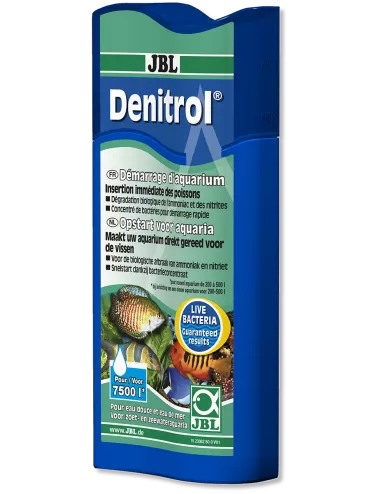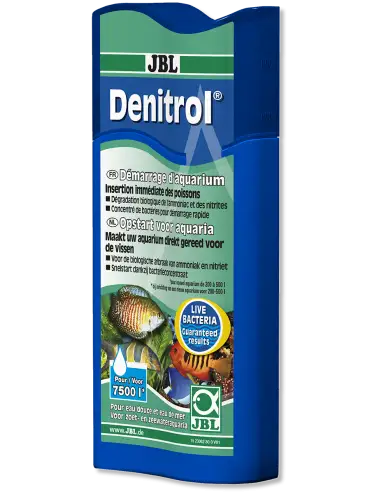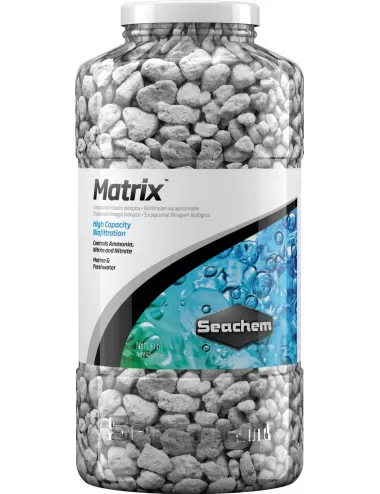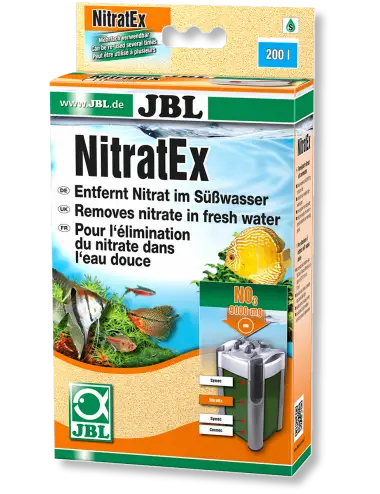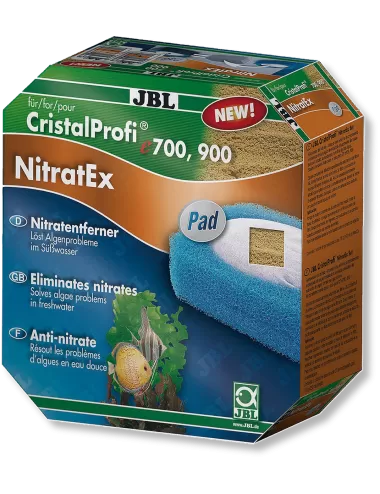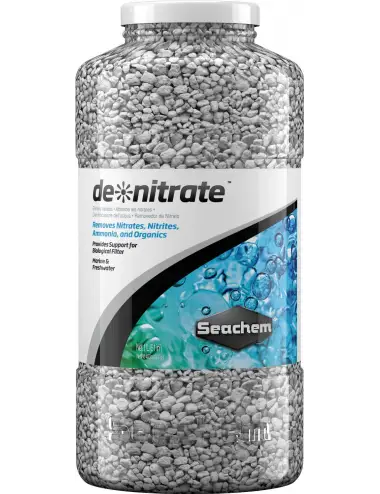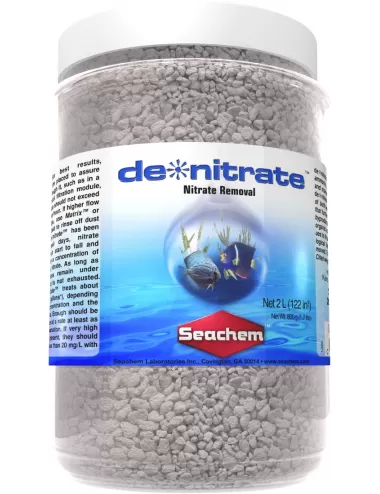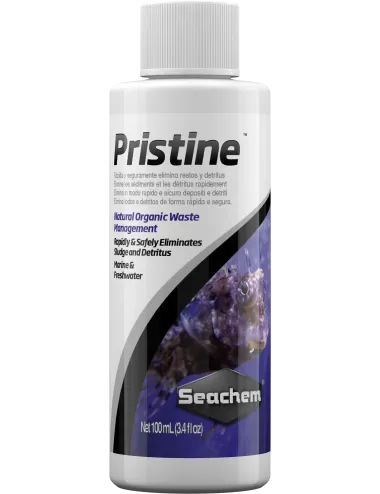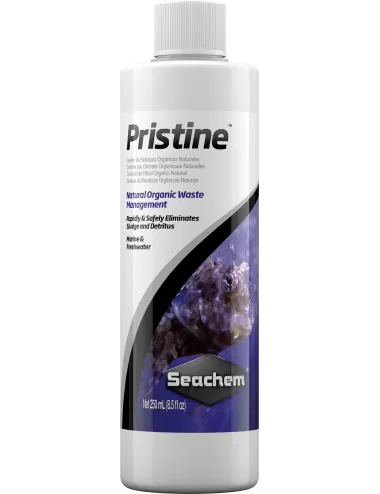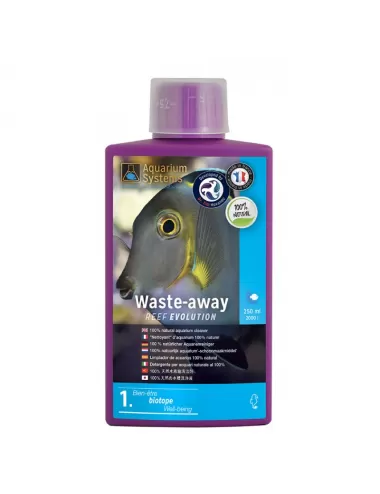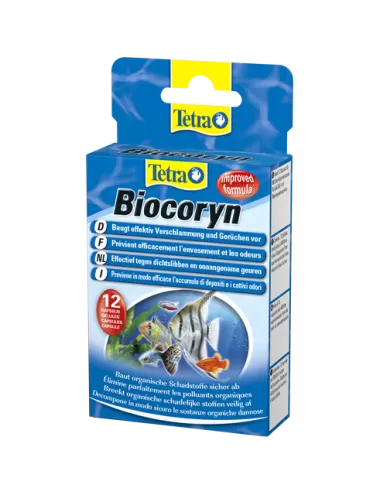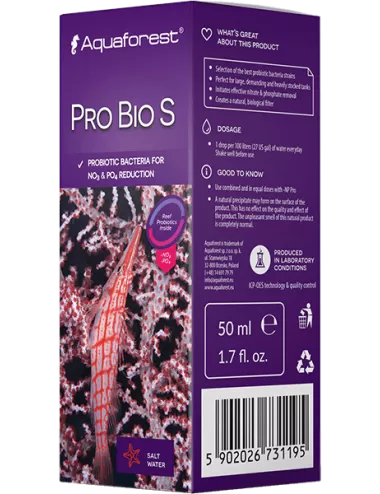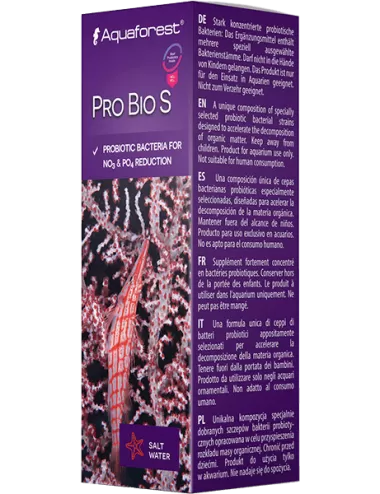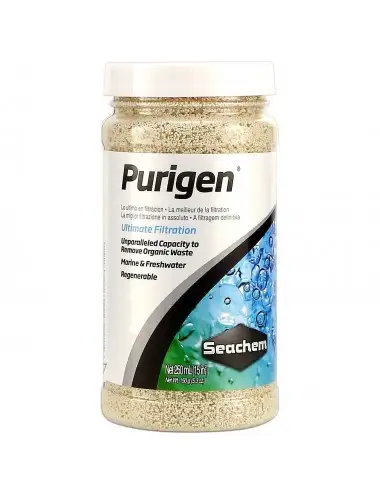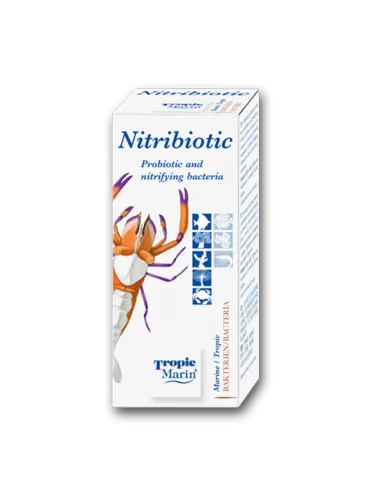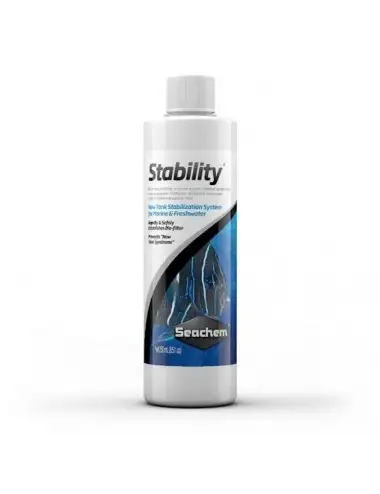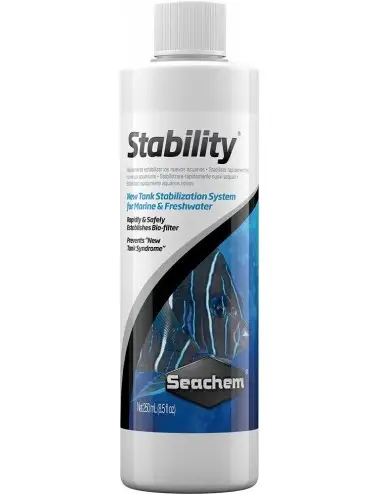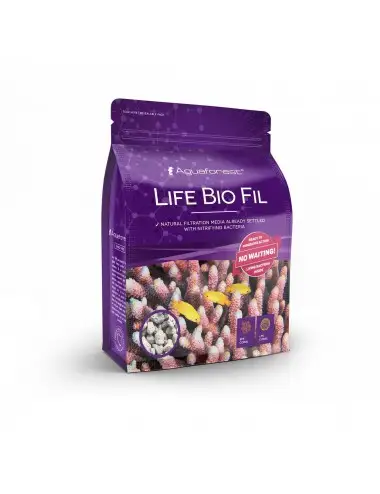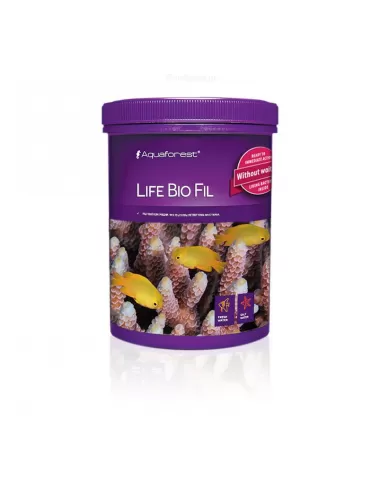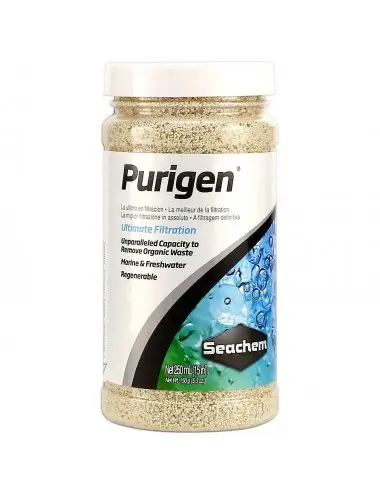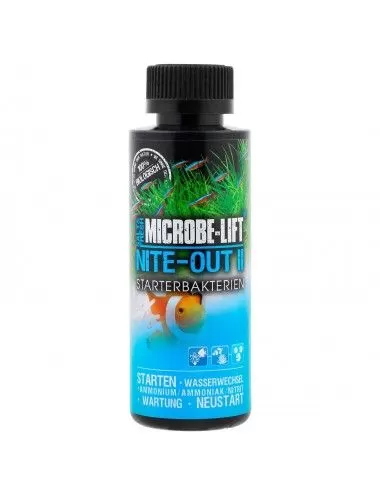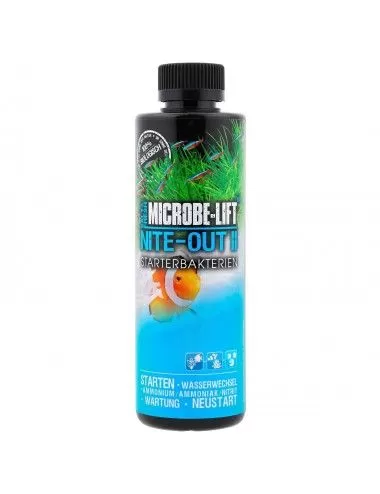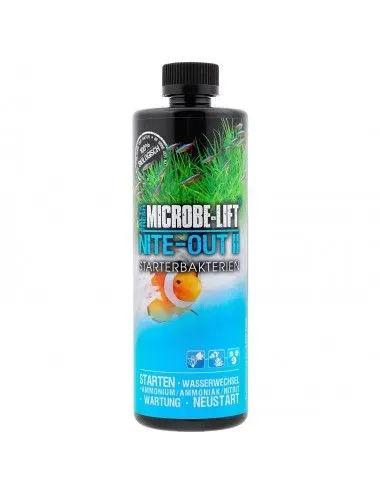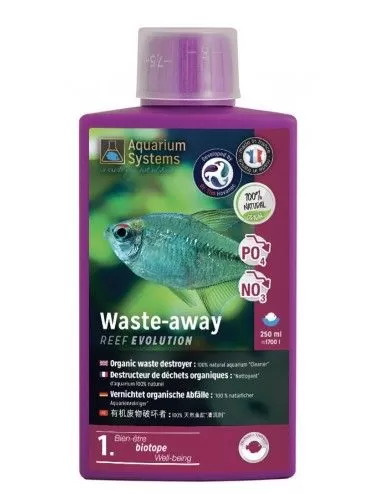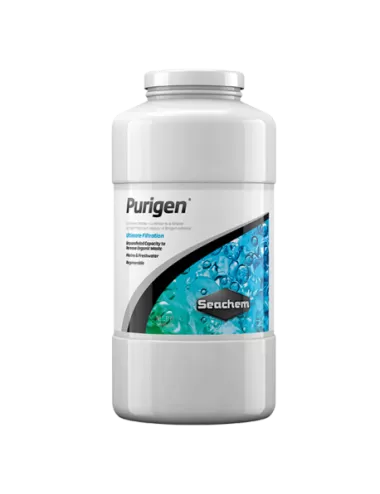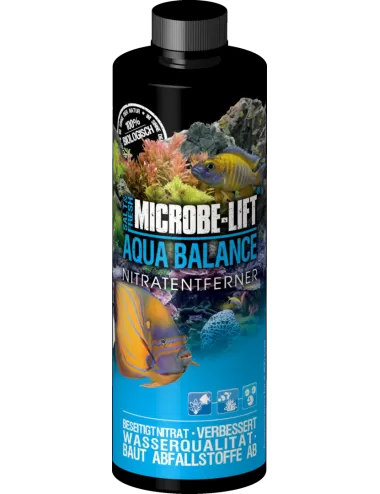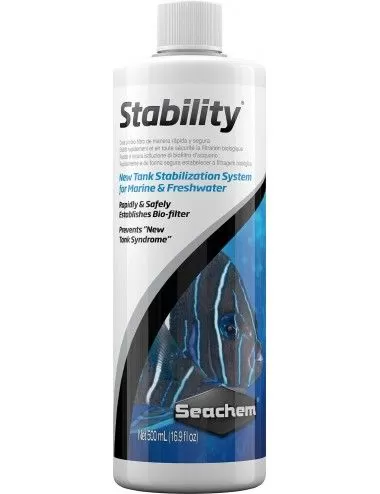- 2 in stock
Anti Nitrates for freshwater aquarium
- -10.55%
- -10.55%
- 4 in stock
- 1 in stock
- 1 in stock
- 5 in stock
- On sale!
- 3 in stock
- On sale!
- 3 in stock
- On sale!
- in replenishment
- On sale!
- in replenishment
- -€1.00
- -€1.00
- 3 in stock
- -€6.00
- -€6.00
- 2 in stock
- 3 in stock
- 5 in stock
- -€2.00
- -€2.00
- 7 in stock
- 6 in stock
- 8 in stock
- in replenishment
- in replenishment
- 6 in stock
- 7 in stock
- -€1.00
- -€1.00
- 3 in stock
- in replenishment
- in replenishment
- 3 in stock
- 3 in stock
- 3 in stock
- in replenishment
- -€1.00
- -€1.00
- 6 in stock
- 2 in stock
- 2 in stock
- 2 in stock
- 1 in stock
- 3 in stock
- -€16.00
- -€16.00
- 2 in stock
- 2 in stock
- 2 in stock
- 3 in stock
- 3 in stock
- 1 in stock
- 1 in stock
- 2 in stock
- 2 in stock
- 3 in stock
- 4 in stock
- 9 in stock
- -€1.00
- -€1.00
- 2 in stock
- 6 in stock
- 1 in stock
- 1 in stock
- 1 in stock
- 1 in stock
Why reduce nitrates in a freshwater aquarium?
Nitrates (NO 3 ) are key indicators of water pollution. Although they are less toxic than other substances, their accumulation can lead to excessive algae growth, disrupting the natural balance of your aquatic ecosystem. An ideal level is around 25 mg/l , although some fish can tolerate higher concentrations. However, crustaceans and other invertebrates are very sensitive, with critical thresholds around 10 mg/l over the long term.
By maintaining low nitrate levels, you prevent stress, disease and algae blooms, while maintaining an optimal living environment for your aquatic inhabitants.
How to measure and control nitrates (NO3)?
Regular monitoring of nitrates is essential to ensure quality water. There are several methods available to you:
- Colorimetric Tests: Use strips or drop test kits to quickly obtain a reliable estimate of nitrate levels.
- Electronic devices: These modern devices offer continuous and precise measurement, facilitating proactive management of the aquarium.
Additionally, regular maintenance, such as a partial water change (about 10% of the volume each week), helps to naturally dilute nitrates and maintain an optimal balance.
Effective solutions to eliminate nitrates in aquariums
There are several solutions that can effectively combat the accumulation of nitrates in a freshwater aquarium. Here are the key methods to adopt:
Anti-nitrate resins: how do they work?
Anti-nitrate resins operate by adsorption , capturing nitrate ions present in the water. This technology allows to gradually reduce nitrate levels and maintain pure water. The use of these resins offers a fast and sustainable solution for optimal control of water quality.
Denitrifying bacteria: a natural treatment
Denitrifying bacteria play a fundamental role in the nitrogen cycle. By transforming nitrates into nitrogen gas, they offer a 100% natural and environmentally friendly treatment of the aquarium. This biological approach integrates harmoniously into the system and helps prevent the accumulation of nitrates without resorting to chemicals.
Filtration ceramics and bacterial support
Ceramic filtration media is a solution of choice for optimizing biological filtration in a freshwater aquarium. Thanks to its porous structure, it offers an exceptional colonization surface for nitrifying bacteria , which are essential for the degradation of ammonia, nitrites and nitrates. This bacterial support promotes the formation of a dense biofilm that effectively transforms toxic compounds into less harmful substances, thus ensuring clear water and a healthy environment for your fish and crustaceans. Its ability to retain suspended particles and trap organic waste also helps reduce the proliferation of unwanted algae , ensuring an optimal balance of the nitrogen cycle.
Nitrate-absorbing aquatic plants
Aquatic plants are excellent allies to regulate nitrate levels. Through their photosynthesis process, they absorb nitrates and transform them into nutrients essential for their growth. Introducing these plants into your aquarium not only contributes to better water quality, but also creates a natural and aesthetic decor.
Integrate a complete solution for a healthy aquarium
To ensure optimal water management, it is recommended to combine several methods. The combined use of anti-nitrate resins , denitrifying bacteria and aquatic plants allows the nitrate problem to be addressed from different angles. This mix of solutions offers a comprehensive and effective approach to maintaining a balanced and healthy environment.
By adopting these techniques, you not only ensure the reduction of nitrates, but you also promote the longevity and well-being of your fish, crustaceans and other aquatic inhabitants. Using quality anti-nitrates for freshwater aquariums is the key to preventing algae blooms and providing an optimal living environment.
In conclusion, proactive and diversified nitrate management is essential to preserve the health of your aquatic ecosystem. Thanks to the combination of technical and natural methods, you maintain pure water and a harmonious environment, thus guaranteeing the success of your aquarist passion.










